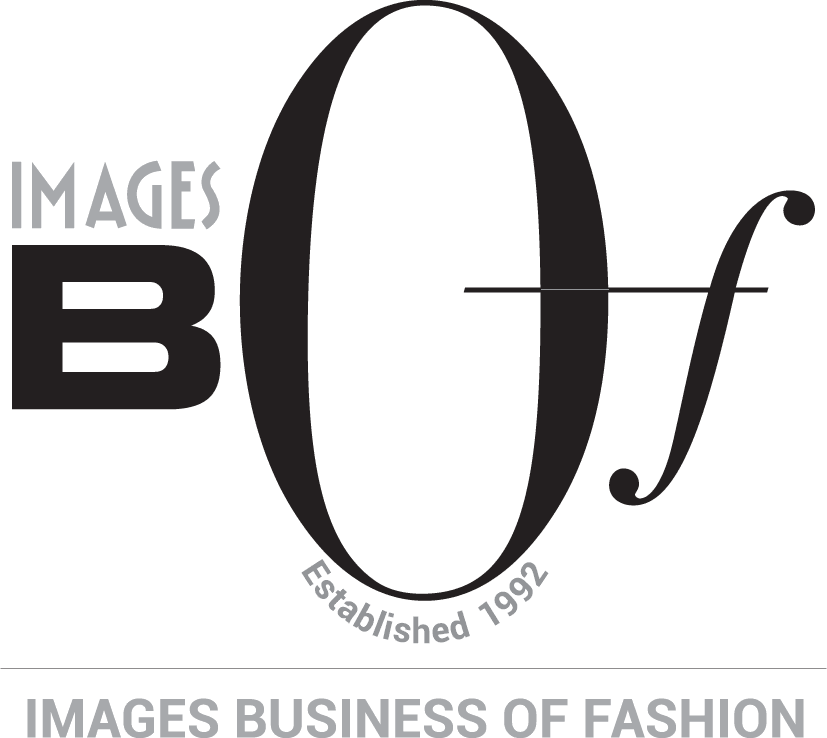With plans for significant store expansions and a focus on sports-inspired fashion, Metro is poised to leverage emerging consumer trends and drive sustained growth across various segments…
Metro Brands Limited is a leading Indian multi-brand footwear retailer based in Mumbai. Established in 1955, the company has grown into one of India’s largest specialty footwear retailers, renowned for its extensive product range and innovative retail strategies. According to a report by Emkay Global Financial Services, Metro Brands is one of the leading players in the premium footwear market, demonstrating robust revenue growth and operational excellence.
The company’s strategic combination of premium and popular footwear brands, an agile supply chain, and an expanding digital presence, position it for ongoing success. With plans for significant store expansions and a focus on sports-inspired fashion, Metro is poised to leverage emerging consumer trends and drive sustained growth across various segments.
Key Strengths
Metro’s strengths include offering in-demand styles via a blend of in-house and third-party brands across various price points. Its differentiated loyalty program, eye-catching store formats, and robust online presence further enhance customer experience. Additionally, the company’s strong back-end systems underpin its unmatched financial discipline, ensuring an over 90% fresh sales mix. Metro’s reliance on third-party manufacturing and its agile back-end system guarantee fashion-forward designs and best-in-class gross margins among its peers. In the near term, potential challenges from BIS implementation and weak macros are expected to ease soon. With its strong balance sheet, Metro is well-positioned to capitalise on opportunities, even in a weak demand environment. Metro Brands is projected to deliver a revenue-led EBITDA CAGR of approximately 18% over FY25-27E, accompanied by improving return profiles and back-end inventory optimisation.
Lower Penetration Suggests Potential for Around 80 New Metro/Mochi Stores Annually
Metro Brands is expected to continue opening 80-90 Metro/Mochi exclusive brand outlets (EBOs) per year, driven by further penetration into existing cities and annual expansions into 10-15 new cities. This number is expected to rise to 110-120 stores in the near term, bolstered by additions for Crocs, Walkway, FitFlop, and ramp-ups of new owned or exclusive retail formats (FILA and Foot Locker). With its strengthened brand presence, the company is targeting faster expansion of Metro/Mochi stores in cities with populations of 1-5 million, as compared to the current focus on the top 10 cities, which account for 70% of the network by 2030, up from 65% at present. Growth in metro areas will continue as Metro/Mochi targets the addition of around 25 stores annually in the top 10 cities over the next decade.
A comparison with top-premium brands like Tanishq and economy formats like Bata reveals significant medium-term growth potential. Metro/Mochi/Crocs have individual presences in 171, 122, and 97 cities, respectively, compared to Tanishq’s 290 cities. Additionally, brands like FILA and Foot Locker provide substantial growth opportunities due to strong global traction in sports-inspired fashion, exemplified by the success of FILA/NIKE/Adidas in geographies like China, where these brands have 2,000-12,000 mono-brand stores. With decades of industry experience, long-term vendor relationships, a first-mover advantage, and a solid balance sheet, Metro Brands is well-positioned to excel in both the Economy and Bridge-to-Luxury segments.
Diversifying Portfolio into the Sports & Athleisure Category
In line with evolving consumer trends, Metro is gradually expanding its presence in the athleisure (fashion sportswear), premium sneakers, and comfortwear categories through recent partnerships with FILA, Foot Locker, and FitFlop. The company is expected to experience mid-teen topline growth over the medium term, driven by stable, low-teen growth from its existing portfolio, with an additional 250 basis points of growth from new retail formats.
 4P Framework: Metro’s Key Moat
4P Framework: Metro’s Key Moat
- Product:With a strong portfolio of brand retail formats (Crocs, FitFlop, Foot Locker, FILA) and a healthy mix of own and third-party brands across Metro and Mochi store formats, Metro is a one-stop family retailer. The brand also addresses premium customer needs for casual, comfort, sneakers, and sports fashion via separate store formats. The broad assortment of footwear across styles, heel types, and sizes, coupled with deep operational and inventory discipline, strengthens the consumer experience.
- Pricing:Metro boasts an agile supply chain, utilising a theory-of-constraints approach that ensures optimum product availability while minimising stock obsolescence. This results in a fresh sales mix and superior gross margins. Metro’s varied retail formats cater to diverse consumer bases across pricing tiers, ranging from Walkway with an average selling price of ₹700 to premium brands like Crocs and FitFlop priced at ₹3,150 and ₹5,500, respectively.
- Promotion:Metro’s attractive rewards program gives 4% of the net bill value in loyalty points to be used within one year. This, coupled with a smart CRM system, drives a superior mix of repeat customers (~55%) and keeps advertising expenses lower. The brand is also reaching out to millennials through celebrity-backed campaigns featuring Tripti Dimri and Vijay Varma.
- Placement:Unlike other footwear brands relying heavily on multi-brand outlets (MBOs), Metro primarily retails through exclusive brand outlets (EBOs) and online channels. The larger in-store space allows for the full display of all footwear categories, offering a better shopping experience. EBOs also minimise working capital and reduce product cycles, offering Metro stronger pricing power.
Agile Backend and Operational Efficiencies Drive Unit Metrics
Metro Brands enjoys a robust blended company-level ROCE of 35-40%, leading to store-level payback periods of 2-3 years. These high returns stem from an agile, demand-driven supply chain and operational efficiencies, allowing the brand to achieve superior store throughput and margins. Metro’s gross profit per square foot and EBITDA margins of 21-22% (pre-IndAS-116) are among the best in India’s footwear industry. Margins are expected to improve gradually, as fixed costs (rent and employees) currently account for around 25% of sales, and as losses from FILA/Cravatex are minimized.
Metro is working to reduce its working capital (WC) from 100 days at the end of FY24 to 85 days by FY27E. It follows a pull model for product availability, ensuring optimal product replenishment while minimizing stale stock and maximising margins.
Online Channel Ramp-Up and Healthy Profitability
Metro Brands has heavily invested in building its own digital platforms, fully enabling omnichannel fulfillment capabilities at its stores. E-commerce currently contributes around 10% of the company’s revenue (8% online, 3% omnichannel), with projections for further growth, reaching an 11% revenue mix by FY27E. The company offers a sizable assortment of men’s and women’s footwear on its online platforms with lower discount levels compared to its peers, reflecting its financial prudence and treating the online channel as an alternate growth avenue rather than a liquidation channel.
Loyalty and Premiumisation to Drive Sustainable SSG Growth
After a few years of slower revenue growth, Metro expects gradual improvements in same-store growth (SSG) over FY24-27E. These improvements will be driven by better mix, loyalty programs, cross-selling, and population growth in the catchment areas. Revenue per sq. ft. growth is expected to be 3-4%, with SSG expectations slightly higher at 4-5%, despite a higher proportion of non-metro stores, where store throughput is lower. This shift in focus toward non-metro areas will not adversely impact margins, as operational costs in such regions are also comparatively lower.
Key Trend: Growth in Sports & Athleisure, and Focus on Improving Accessibility
Consumer trends show a growing preference for sports-inspired fashion (comfort and sneakers) over traditional footwear styles, a trend extending even to formal attire. This growth is particularly strong in the sports and athleisure categories, which grew by approximately 20% CAGR from FY18-23, compared to 7-8% growth in other footwear categories. Retailers, such as Metro Brands, are expanding their portfolios to meet these trends while also providing superior experiences through company-owned, company-operated (COCO) stores. The growing demand for comfort and premium products is accelerating this trend, benefiting players like Metro Brands.
Global Benchmarking: Long-Term Growth Opportunities in Sports & Athleisure
The Sports & Athleisure (S&A) category, having led overall industry growth at a 20% CAGR from FY18-23, is expected to continue driving the footwear industry’s evolution in India. When compared to global trends, there’s significant room for growth in the Indian footwear sector. New players like Abros, Under Armour, and Birkenstock, along with major brands in the S&A category, show that India is poised to see even greater growth in sports-inspired apparel, especially as brands like FILA maintain strong market share internationally.
Shift Toward Organised Retailing
With a shift toward consumer-facing channels, many previously MBO-focused brands are opening exclusive brand outlets (EBOs) to better understand consumer trends, reduce product cycle times, and improve brand pricing power. Metro has been at the forefront of this transition in the footwear sector, with other brands gradually following its lead.
BIS Implementation and Supply Chain Challenges
The implementation of the Bureau of Indian Standards (BIS) for footwear, set to begin in July 2024, poses short-term challenges. While import restrictions may disrupt supply chains, global footwear manufacturers are investing in Indian infrastructure, which will eventually ease these supply chain constraints. Metro has already procured inventory in anticipation of the new regulations, and after FY25, the company will cautiously evaluate its expansion strategy for sports and athleisure products.
Conclusion
Metro Brands is strategically positioned for sustained growth through its strong financial discipline, expanding store footprint, and focus on emerging trends like sports and athleisure. With its innovative retail strategies and commitment to optimising costs, the company is set to lead India’s footwear market, capitalising on evolving consumer preferences and maintaining its competitive edge.





